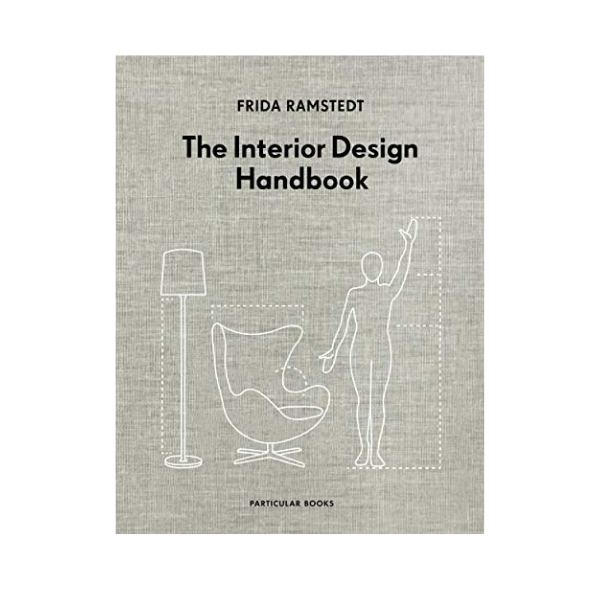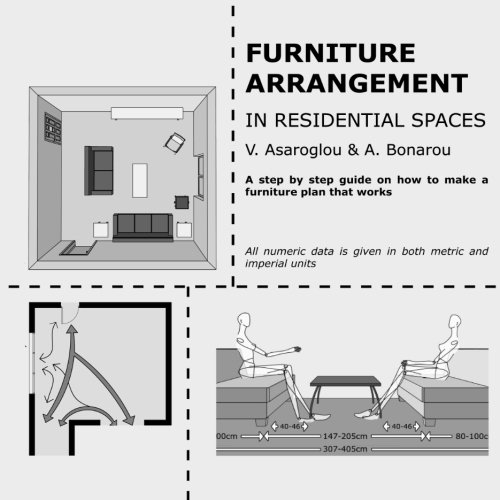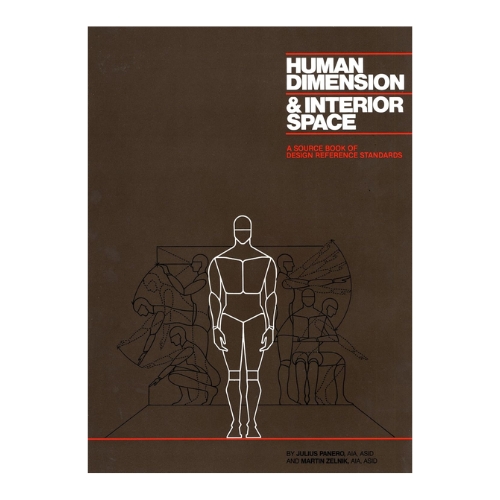The 'Two-Thirds Rule' Is the Sofa-to-Rug Ratio Trick Designers Always Rely on — Here’s Why It Works
"It's a proportion cue, not a commandment," but it makes all the difference in perfecting the layout of your living room
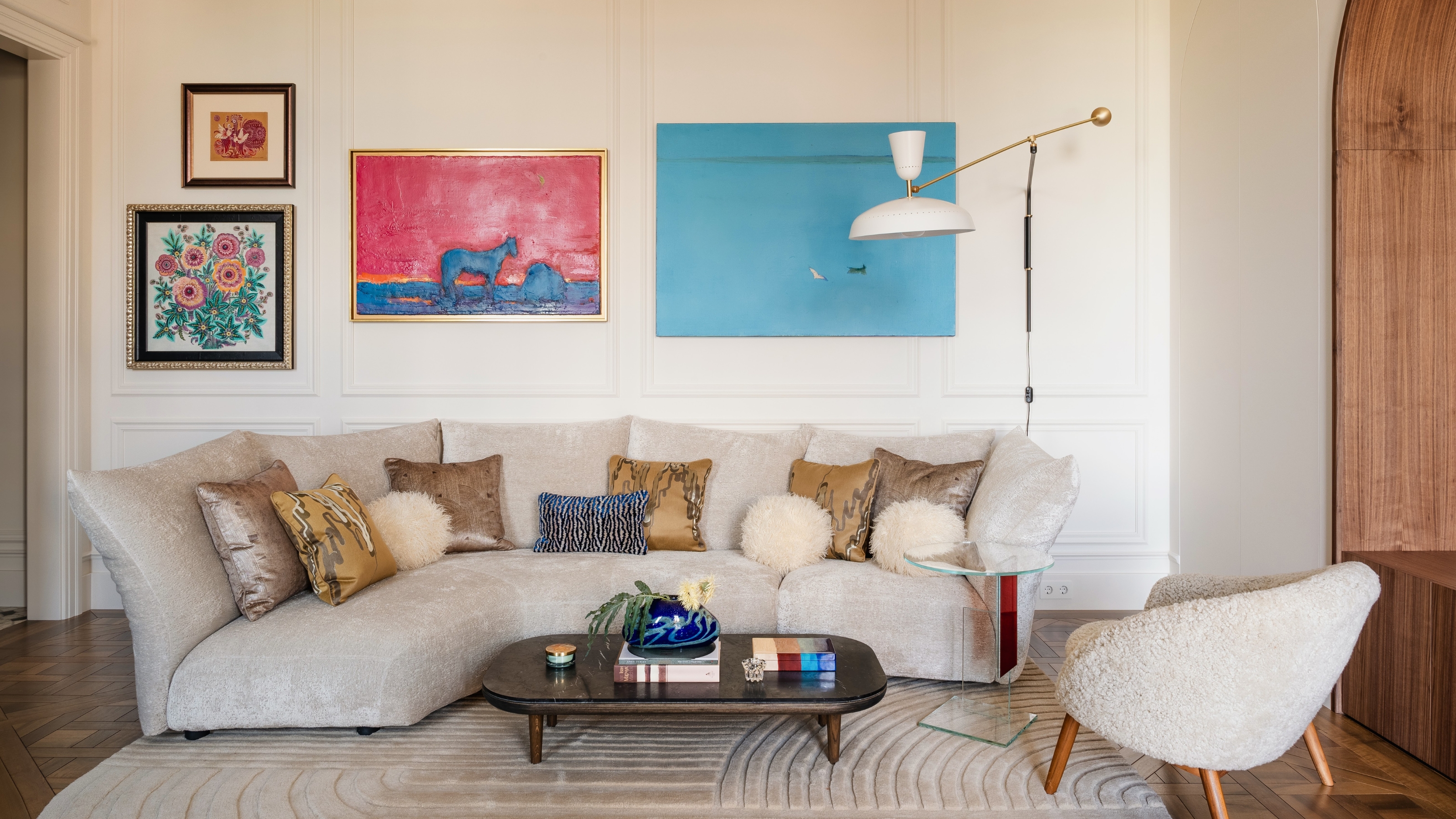

As someone who has yet to commit to a rug for my living room (it's been a year in the making ), I know all too well the struggle of searching for the perfect piece to tie your entire room together. What size should it be? How much should sit under the sofa? Should your coffee table fit on it as well? Before you start drowning in all these very important questions, let me throw you a rope with an expert-approved sofa-to-rug ratio trick I know.
The two-thirds rule is a foolproof guide to perfecting proportions in your space, rather than a strict furniture placement rule. You may already be familiar with the notion of threes in design, which divides styling into three sections for balance. This concept builds upon that, but specifically concerns the size of your sofa in comparison to other elements in the room, such as the wall or rug.
When it comes to living room layout ideas, you don't want your rug to feel like it's randomly floating, or that your sofa is the wrong size for the space. This two-thirds rule helps you consider all the individual pieces as a whole, helping you make an informed (and more stylish) decision. To better break down how it works, here's what design experts have to say.
So, What Is the Two-Thirds Rule in Living Rooms?
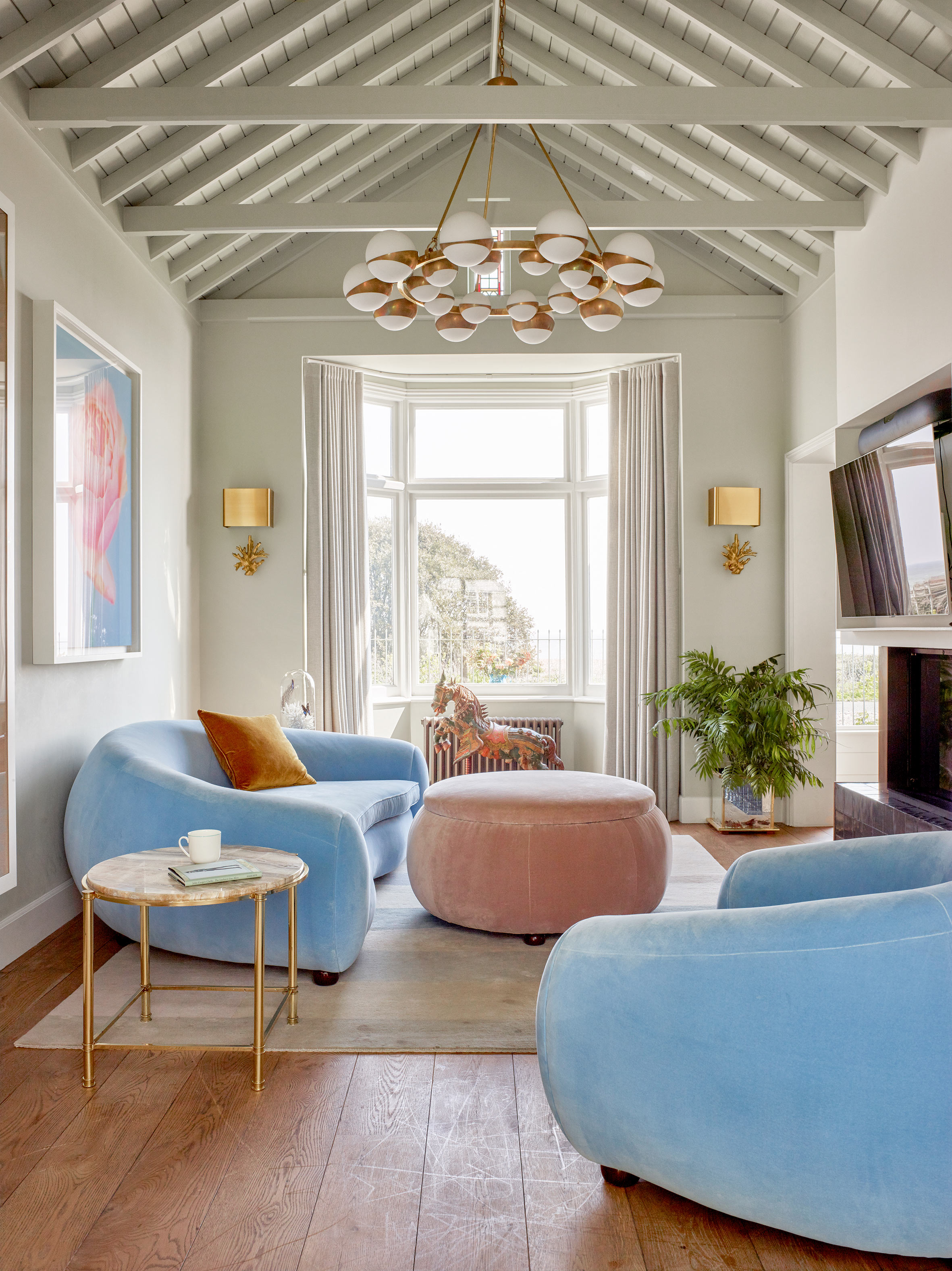
Even with a smaller rug in a large room, positioning your furniture correctly can make the room appear more coordinated.
California-based interior designer Christine Jahan says that the first and most important thing to understand is that "the two-thirds rule is a proportion cue, not a commandment," and there are a few different ways you can use it.
Let's start with rug-to-sofa ratios, as these pieces tend to be the first larger items you'll consider when planning your living room layout. Of course, you never want to buy a rug that's smaller than your sofa, so using the two-thirds rule, that means, "if your sofa is centered on the rug, the amount that sticks out on each side of the sofa should equal one-third of the total length, making the sofa two-thirds the size of the rug," explains Livingetc's editor, Hugh Metcalf.
This helps create a composed, effortless look and prevents the rug from appearing to 'float' awkwardly in the middle of a room. That said, it's also recommended to leave a border of about 12 to 18 inches around the rug to frame it nicely and keep it from feeling like wall-to-wall carpet.
When choosing a living room rug, "the two-thirds guide will help you to form a clear island and create negative space around your furniture," ultimately leading to a more confident and stylized room, adds interior designer Christine Jahan.
The Livingetc newsletters are your inside source for what’s shaping interiors now - and what’s next. Discover trend forecasts, smart style ideas, and curated shopping inspiration that brings design to life. Subscribe today and stay ahead of the curve.

Christine Jahan is the principal designer and founder of Christine Jahan Designs. Christine is recognized as an award-winning interior designer based in Los Angeles with over a decade of experience.

Most of the furniture in the room is positioned on the rug, making the space feel more cohesive.
As good as this rule is for perfecting your rug-to-sofa ratio, designers say that there are a few different ways to implement the two-thirds rule (as well as times when you should disregard it altogether).
Rug designer and owner of rug brand, English Village Lane, Angie Burge, says, "Having an exposed floor in front of a chair or sofa leg can make it feel unfinished because the space seems busier and the focus is competitive with what the design is intended for."
For that reason, Angie follows the guide that two-thirds of your living room furniture should be in contact with the rug. "Using the two-thirds rule in this way draws all furniture to the same set for a cohesive look," she says.
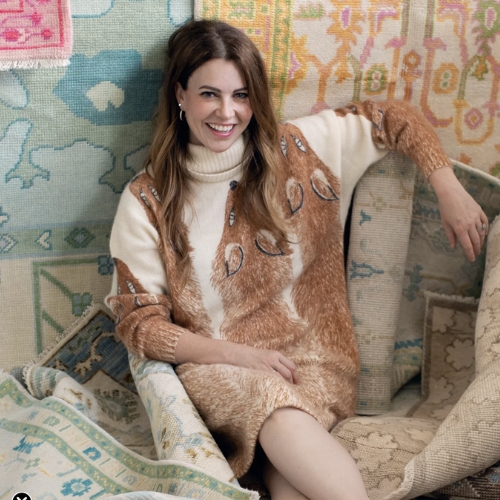
Angie Burge is a rug designer and owner of the Alabama-based rug company, English Village Lane. Angie started her business after learning the importance of having high-quality rugs in every room of the home. Her company produces original rug designs in modern oushak, flatweave, jute, indoor/outdoor, and a host of natural fibers.
The rule can also apply when considering the size of a sofa against a wall, meaning that the sofa dimensions should be two-thirds the length of the wall to make your space feel more proportional.
Of course, not everyone has large walls for their sofas to sit against, and "if you're working with an open plan space, you might be dealing with a really large wall, to which a sofa two-thirds the size would be extreme," says Hugh.
In instances like this, he says, "It can be a good idea to introduce a natural break on that wall to help things feel in proportion — think a bookcase against the wall, or some sort of room divider — anything that will help shape how you perceive the dimensions of your room so that your sofa doesn't feel tiny and floating in the space."
As with all interior design rules and guidelines, nothing is definite, and it's always best to use these tips and tricks as a way to become more familiar with your space and your furniture.
Who knew practicing a little maths could lead to a more design-forward living room? Think of the two-thirds rule as a jumping-off point, and soon enough, you'll have a cozy space to lounge away in.
Next up, getting the right coffee table arrangement? For that, the 18-inch seating rule is here to help.

Olivia Wolfe is a Design Writer at Livingetc. She recently graduated from University of the Arts London, London College of Communication with a Masters Degree in Arts and Lifestyle Journalism. In her previous experience, she has worked with multiple multimedia publications in both London and the United States covering a range of culture-related topics, with an expertise in art and design. At the weekends she can be found working on her oil paintings, reading, or antique shopping at one of London's many vintage markets.
